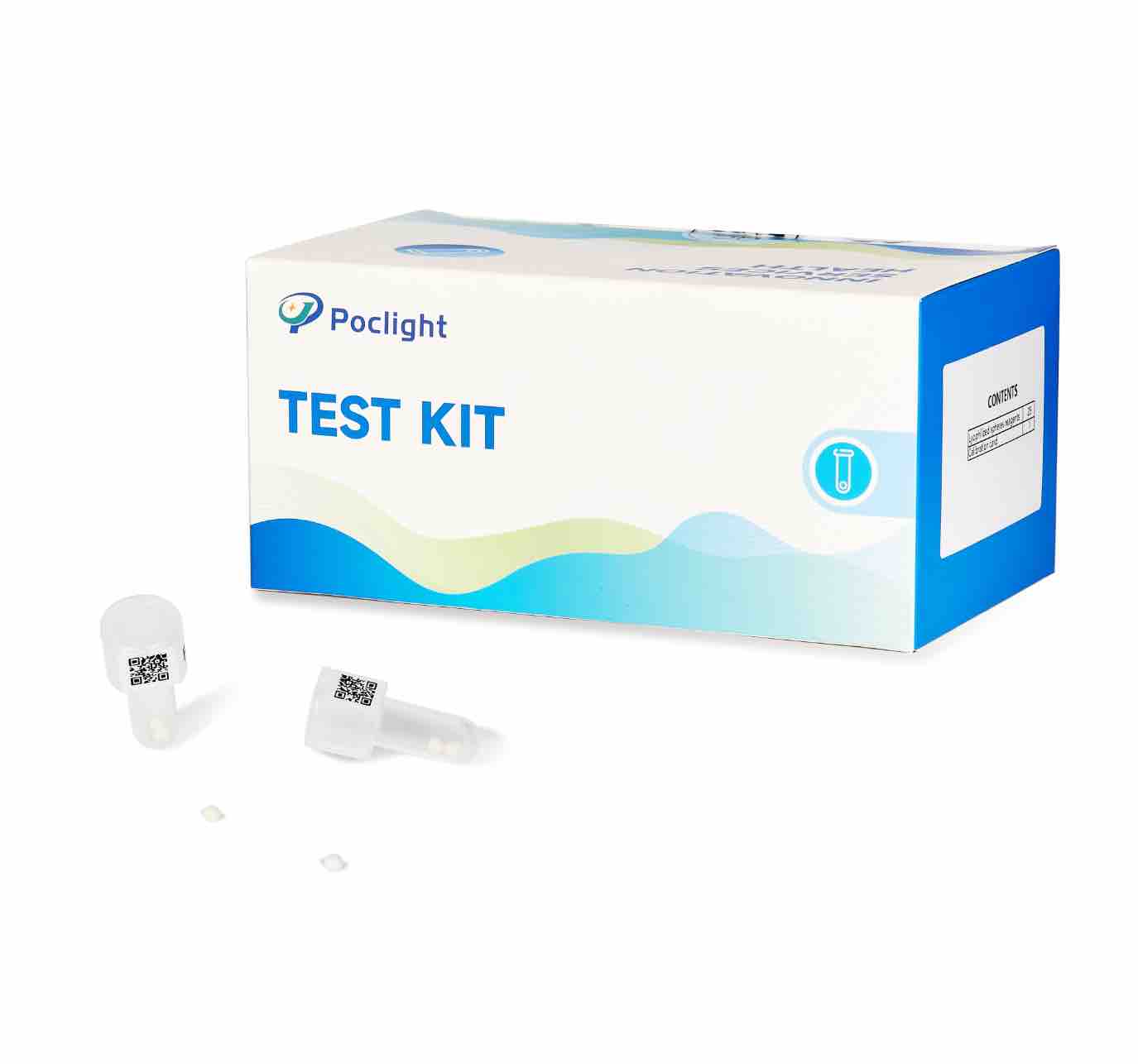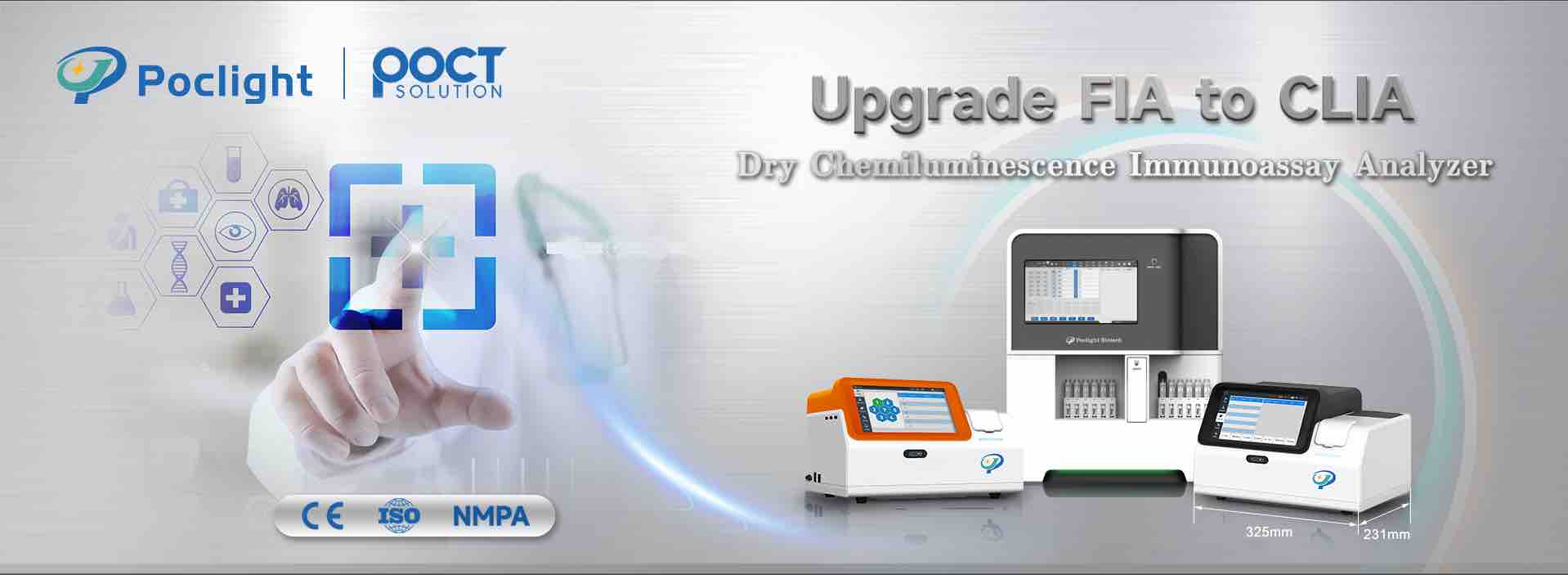 HbA1c Test for different populations
HbA1c Test for different populations
 Tumor Microenvironment - How do cytokines act as regulators in tumor development?
Tumor Microenvironment - How do cytokines act as regulators in tumor development?
 Eclampsia Tests: Your Questions Answered
Eclampsia Tests: Your Questions Answered
 How do cytokine levels correlate with the effectiveness of treatment?
How do cytokine levels correlate with the effectiveness of treatment?
 How to Get Accurate Results from Your Vitamin D Test: A Comprehensive Guide
How to Get Accurate Results from Your Vitamin D Test: A Comprehensive Guide
 The Essential Guide to Active-B12 and Vitamin B12
The Essential Guide to Active-B12 and Vitamin B12












